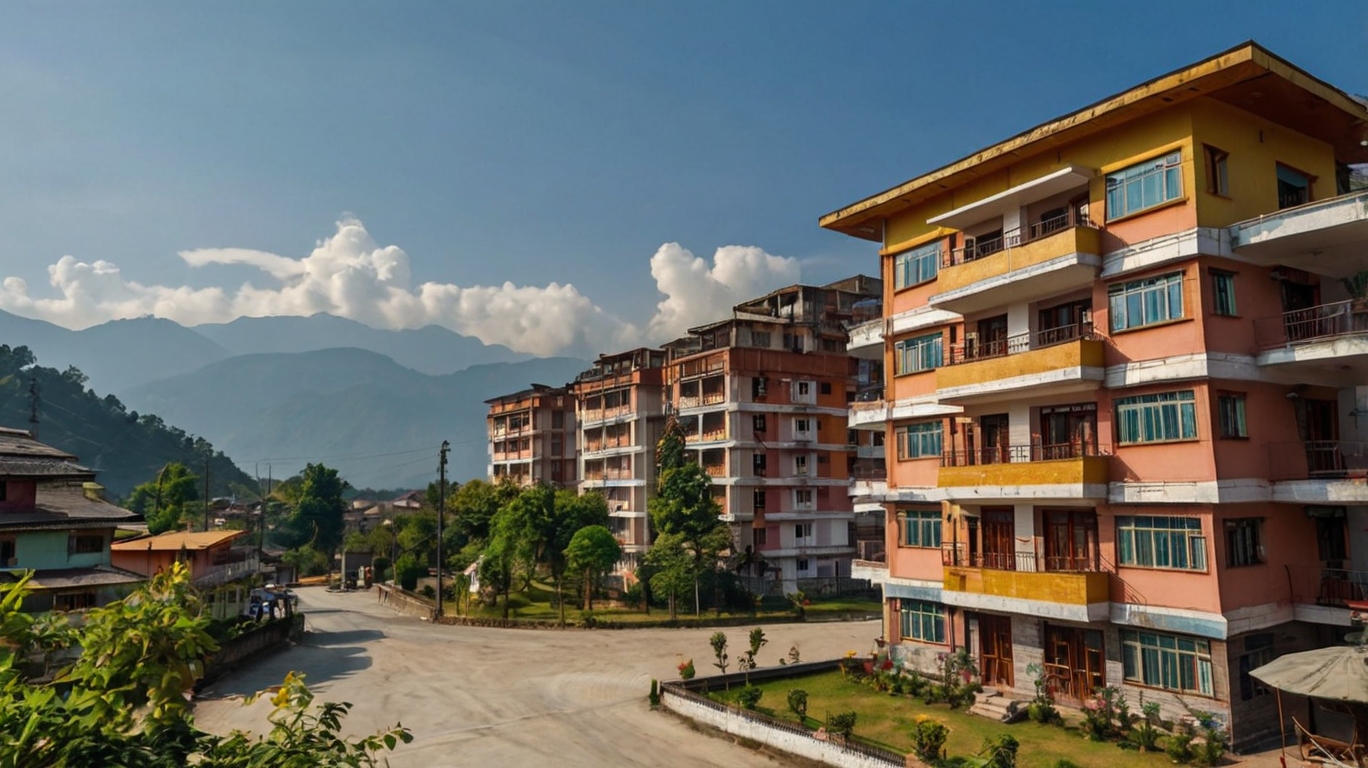Understanding Carpet Area and Built-Up Area: Essential Guide for Apartment Buyers
When purchasing an apartment, understanding the terms Carpet Area and Built-Up Area is critical. These metrics define the usable and total space within your future home and impact the value and functionality of the property. Here’s what you need to know:
1. Carpet Area
The Carpet Area is the net usable floor area within the walls of the apartment. It excludes areas like balconies, terraces, and common spaces (e.g., staircases, lobbies). Simply put, it’s the space where you can lay a carpet.
- Key Features:
- Includes bedrooms, living rooms, kitchens, and bathrooms.
- Excludes wall thickness, open spaces, and common amenities.
- Represents 70-80% of the total area of an apartment.
For example, if you are buying an apartment advertised as 1,000 sq. ft. built-up area, the carpet area might be around 700-800 sq. ft.
2. Built-Up Area
The Built-Up Area includes the Carpet Area plus the thickness of walls, balconies, and terraces attached to the apartment. This area is slightly larger than the carpet area and gives a better idea of the physical footprint of the unit.
- Key Features:
- Includes both usable space and non-usable construction like walls and balconies.
- Generally 10-15% larger than the carpet area.
- Affects the cost since many developers charge based on the built-up area.
For instance, if the carpet area is 750 sq. ft., the built-up area might be around 850 sq. ft.
3. Differences Between Carpet Area and Built-Up Area
| Aspect | Carpet Area | Built-Up Area |
|---|---|---|
| Definition | Usable area within walls | Carpet area + wall thickness + balconies |
| Includes | Rooms, kitchen, bathrooms | Carpet area + walls, balconies, terraces |
| Excludes | Walls, balconies, common spaces | Common amenities, external areas |
| Cost Impact | More cost-effective | Higher overall cost |
4. Why It Matters While Buying an Apartment
- Cost Transparency: Always clarify if the quoted price is based on carpet or built-up area. Many developers advertise built-up or even super built-up areas to inflate the size, but the usable space is often much smaller.
- Usable Space: Carpet area directly affects how functional your apartment feels. A larger built-up area with a small carpet area means you’re paying for space you cannot use.
- Legal Standards: RERA (Real Estate Regulation and Development Act) mandates developers to disclose carpet area for transparency, ensuring buyers know what they’re paying for.
5. Tips for Buyers
- Verify Measurements: Ask for a floor plan with clear demarcations of carpet and built-up areas.
- Understand Pricing: Compare costs across projects based on carpet area, not built-up or super built-up areas.
- Inspect the Layout: Visit a model apartment to understand how the carpet area feels in real life.
- RERA Compliance: Ensure the project adheres to RERA guidelines for transparency in area calculations.
Investing in an apartment is a significant financial decision, and understanding the difference between Carpet Area and Built-Up Area ensures you make an informed choice. At 4 Killa Real Estate, we guide buyers through every step of the process, ensuring transparency and clarity in property transactions.



